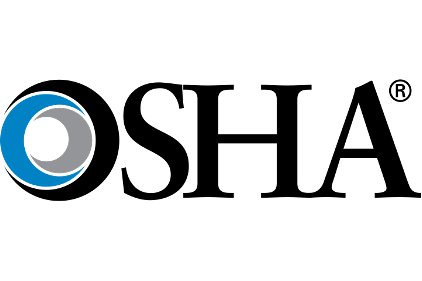OSHA over the cliff: No worries

Washington and financial powers that be are abuzz with daily updates as to whether the U.S. government will actually plunge at year’s end from the so-called “financial cliff” brought on by piling federal debt. There is even talk of Congress returning to DC between Christmas and New Year’s to try to work out a deal. Republicans want cuts in federal spending; President Obama and Democrats don’t want to discuss cuts until the GOP agrees to retain current tax rates on the wealthiest Americans.
Going over the cliff would trigger automatic eight percent budget cuts at federal agencies such as OSHA. With OSHA’s meager funding, eight percent is no small number.
But sources tell ISHN there are no worries of draconian cuts within the agency. At a recent conference, OSHA boss Dr. David Michaels told the audience that the agency has been directed to proceed as normal. Is the “cliff” more hype than reality?
Safety professionals contacted by ISHN show little concern about OSHA’s fate as well:
“I don’t believe that there will ultimately be a cliff although there will be people that will want major cuts in OSHA just for general principles. I think OSHA will continue to muddle along in the steady state mode it has for at least the last 20 years,” said one longtime EHS pro who requested that his name be withheld.
“I am on record as advocating that OSHA standards be shut down irrespective of budget issues. It is a political football and has run out of capability to do "one size fits all" standards. The issues of today are way more complex than that and are not compatible with how OSHA develops standards,” said EHS risk and safety consultant Tom Lawrence.
“OSHA has long been a toothless tiger when it comes to issuing regulatory standards. The days of ‘let’s all get geared up for the new OSHA X standard’ are gone.
“We do that on our own now based on individual company risks. We’ve found that we don’t need a regulatory agency to tell us that.
“As safety pros who came through the ranks implementing the newest OSHA standards and as new OSHA standards trickled to a slower and slower pace, we were forced to modify our methodology of identifying risks.
“Whether good or not so good, OSHA’s inability to pass regulations has permanently changed the way we manage safety,” said Jeff LaBelle, CIH, CSP, manager, safety and risk assessment, Superior Essex, Fort Wayne, Indiana.
“My company does not do things because OSHA says to do things but we do things related to S&OH because we believe that it does make our organization better. We are always doing things to a much higher level than OSHA expects via standards writing,” said Aaron Chen, MPH, CIH, DuPont radiation consultant.
“But who would speak for all the employees in small to mid-size companies if there wasn’t a state or federal OSHA willing to assist and yes, to sometimes cite?
“We all know that OSHA is not a regulatory body that companies fear. Unfortunately, OSHA has no teeth. Compare OSHA to EPA and you then get into a real political nightmare. We seem to care more about the environment than people. Look at the OSHA budget and then compare it to the EPA budget. OSHA pales. Look at EPA and NRC and you see two regulatory bodies that command some respect and even fear at times,” said Chen.
“Should OSHA go away? Absolutely not. Without the minimal amount that OSHA has funding to accomplish we would have a state of worker health and safety chaos in the US.
“Is OSHA perfect? No and it never will be. But the alternative is going back to the way it used to be. Look at MSHA and OSHA both. If it had not been for the minimal amount of influence they both have we would be living in a third- world type of protection for the workforce,” said Chen.
Looking for a reprint of this article?
From high-res PDFs to custom plaques, order your copy today!







